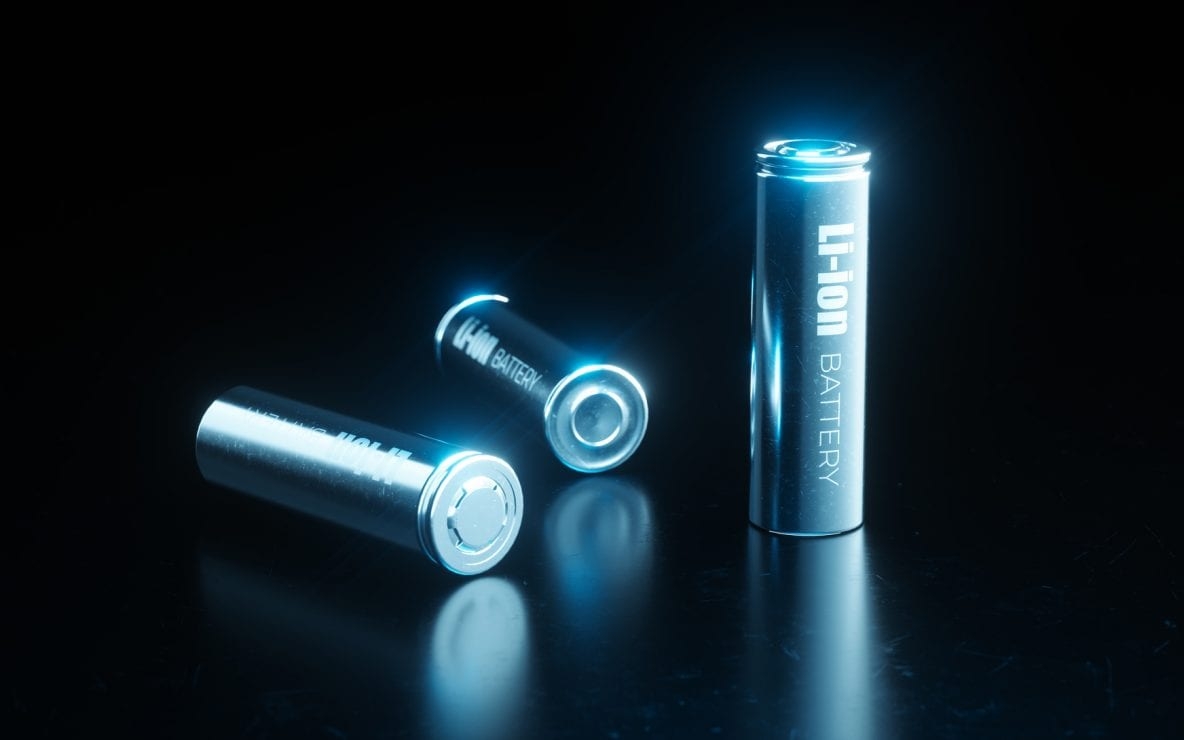
Materials and Processing for Lithium Ion Batteries
As the entire world continues to move toward renewable energy sources and vehicles that produce little or no carbon emissions, the demand for viable battery technology is increasing. This is mainly due to the fact that renewable energy needs to be efficiently stored for future use. Similarly, hybrid and electrical vehicles will require batteries that are capable of efficiently storing power that will allow those vehicles to remain powered for longer. These batteries must also be safer and cheaper to produce than they currently are, which is why there is a major effort to improve lithium-ion battery technology for the future. Unfortunately, there are still quite a few obstacles to overcome in this technological field.
Renewable Energy Storage
Everyone is familiar with the importance of expanding renewable energy sources to combat the negative effects of climate change around the world. People may not be aware however that this also means we will have to create efficient and reliable ways to store the energy produced through renewable sources, otherwise we will end up with a lot of wasted power and no viable long-term alternative to fossil fuel energy production. In order to make sure this doesn’t happen, the materials used to produce lithium-ion batteries must be improved and we must find ways to produce them in a more cost-effective manner.
HEV and EV Applications
Lithium-ion batteries are a vital component in the development of clean energy vehicles. If we are unable to produce these batteries more efficiently and in a cheaper manner, the viability of hybrid and electric vehicles will be too difficult to maintain. Scientist and engineers are also faced with the challenge of ensuring these vehicles are able to run as well as fossil fuel cars in order to meet the demands and expectations of the average consumer.
Lithium-ion Materials and Processing Challenges
Every battery, no matter how big or small, is made of the same components. An anode and a cathode must be separated by an electrolyte for a battery to produce electrical power. In the case of a lithium-ion battery, the chemistry in the cell offers some of the best electrical energy production, which is why this type of battery is the best option for renewable energy storage and battery powered cars. There are benefits and drawbacks associated with different anode, cathode and electrolyte materials. The issue is finding the right materials that work best together in the battery and aren’t too expensive to process. Electrolytes must also be capable of withstanding the constant application of both heat and voltage so the battery can operate safely for an extended period. Each of these components are taken from some type of raw mineral or material which then requires processing to ensure purity and to maximize efficiency. All of these procurement and processing factors must be taken into account when scientists and engineers attempt to come up with the ideal combination of materials used to produce efficient, safe and reliable lithium-ion batteries that are affordable for manufacturers and consumers alike. This may involve the development of hybrid materials that enhance the battery power and capacity, while remaining relatively cheap to produce.
For more information about new developments and challenges in the world of battery technology, be sure to check out our website, or come visit us in person at Polar Battery today.
